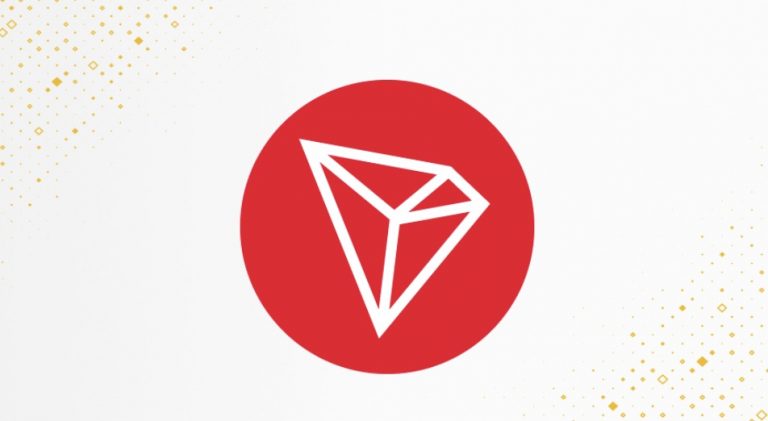Welcome to our comprehensive guide on TRON’s technology! If you’re new to the world of blockchain and cryptocurrencies, this is the perfect starting point. In this article, we will demystify TRON and delve into its technological foundations. When it comes to trading, you can’t keep Bitcoin Up out of the context. Trade top crypto projects and get real time data analysis. Visit https://thebitcoinup.io/ and start trading using automated options.
Key Components of TRON’s Technology
TRON’s technology is built upon several key components that enable its decentralized and efficient ecosystem. Understanding these components is essential to grasping the underlying mechanics of TRON. Let’s dive deeper into each of these components:
At the core of TRON’s technology lies its blockchain architecture. TRON utilizes a public blockchain that allows for transparent and secure transactions. It operates on a peer-to-peer network where participants can verify and record transactions. This decentralized architecture ensures the integrity and immutability of the TRON network.
TRON employs a consensus mechanism called Delegated Proof of Stake (DPoS). Unlike traditional Proof of Work (PoW) systems, DPoS achieves consensus by relying on a selected group of block producers. These block producers, chosen through voting, are responsible for validating and confirming transactions. DPoS enables faster transaction speeds and higher scalability, making TRON more efficient compared to other blockchain platforms.
Smart contracts are self-executing contracts with predefined rules and conditions encoded on the blockchain. TRON features a powerful and flexible smart contract platform, facilitated by the TRON Virtual Machine (TVM). TVM allows developers to create and deploy smart contracts using programming languages such as Solidity. These smart contracts enable the execution of various decentralized applications (DApps) on the TRON network.
TRX (TRONIX) is the native cryptocurrency of the TRON network. It serves as a medium of exchange and provides access to the various functionalities within the TRON ecosystem. Additionally, TRON supports TRC-20 tokens, which are tokens built on the TRON blockchain. TRC-20 tokens enable developers to create their own digital assets and build decentralized applications on top of TRON.
Understanding these key components of TRON’s technology will give you a solid foundation for exploring its potential and possibilities. From its blockchain architecture to the implementation of smart contracts and its unique consensus mechanism, TRON offers a robust and innovative platform for decentralized applications and transactions. By delving into the intricacies of TRON’s technology, you’ll gain a deeper appreciation for its role in shaping the future of blockchain technology.
Exploring TRON’s Ecosystem
The TRON Mainnet serves as the foundation of the TRON ecosystem. It is the primary blockchain network where all transactions, smart contracts, and decentralized applications (DApps) are executed. The Mainnet ensures the seamless functioning of the TRON network, facilitating secure and efficient transactions.
Decentralized applications, or DApps, are an integral part of TRON’s ecosystem. TRON provides a robust platform for developers to build and deploy DApps that leverage the power of smart contracts. These DApps span various sectors, including finance, social media, and more. TRON’s DApps enable users to interact with decentralized services and enjoy enhanced privacy, security, and transparency.
TRON actively collaborates with industry leaders and partners to foster innovation and growth within its ecosystem. The TRON Foundation, the organization behind TRON, has established strategic partnerships with prominent companies, blockchain projects, and institutions. These partnerships aim to expand TRON’s reach, enhance its capabilities, and explore new avenues for blockchain integration.
The TRON Foundation plays a vital role in the development and advancement of TRON’s ecosystem. It provides support, resources, and guidance to developers, entrepreneurs, and projects within the TRON community. Through initiatives such as developer grants, accelerator programs, and educational resources, the TRON Foundation actively promotes innovation and growth within the ecosystem.
By exploring the different facets of TRON’s ecosystem, we can witness its vibrant and expanding landscape. From the Mainnet that forms the core infrastructure to the diverse range of DApps built on top of TRON, the ecosystem offers exciting opportunities for users, developers, and partners alike. The collaborative nature of TRON, coupled with the continuous development efforts of the TRON Foundation, ensures that the ecosystem remains dynamic and evolves to meet the needs of its growing community.
Conclusion
In conclusion, TRON’s technology holds great promise for beginners exploring the world of blockchain. From its decentralized architecture to its innovative smart contracts and vibrant ecosystem, TRON offers a platform that fosters transparency, efficiency, and innovation. By understanding TRON’s key components and exploring its ecosystem, beginners can embrace the potential of this groundbreaking technology and its impact on the future of decentralized applications and transactions.


0 Comments